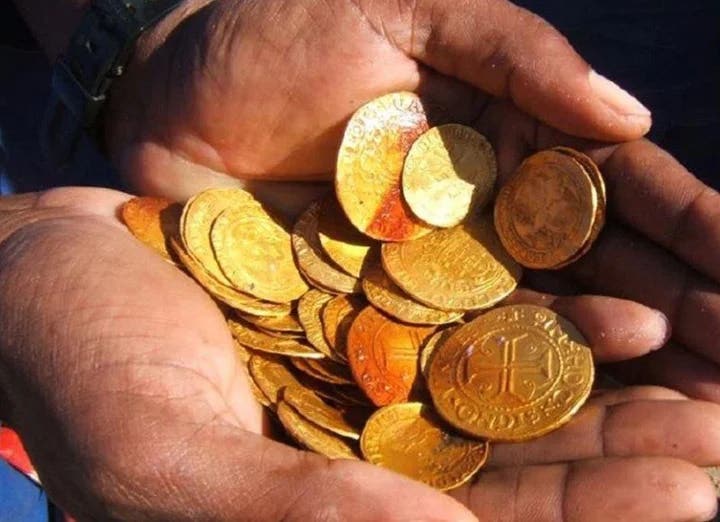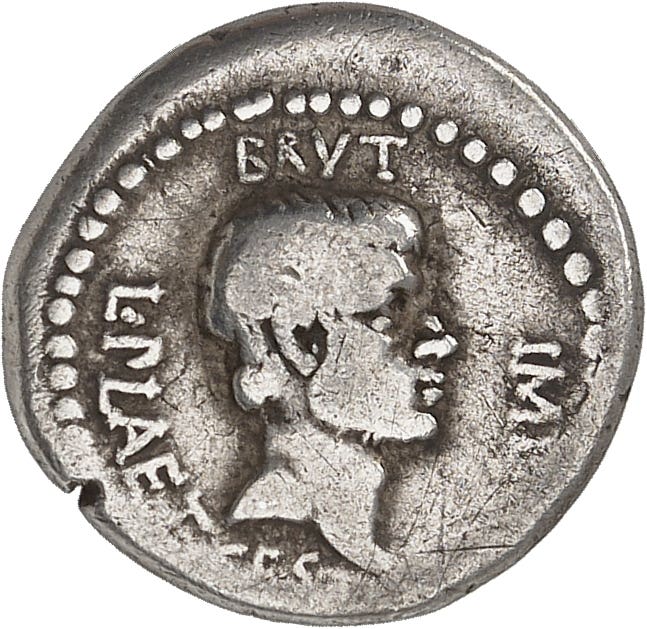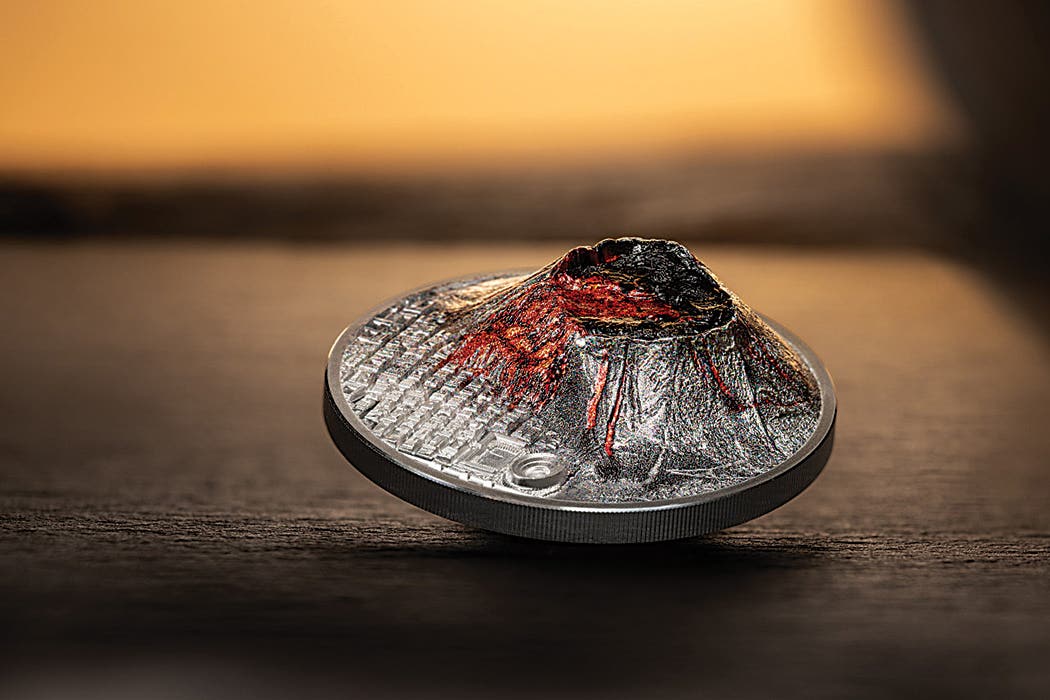Traversing Two Oceans and Finding Coins to Collect
by Michael S. Turrini “I turned 18 on the Eppleton Hall, in the middle of the Atlantic Ocean. The cook baked a cake, with our limited galley. In fact, it…
by Michael S. Turrini
“I turned 18 on the Eppleton Hall, in the middle of the Atlantic Ocean. The cook baked a cake, with our limited galley. In fact, it was the only baked cooking in the entire voyage,” reminisced William ‘Bill’ F. Bartz, Jr, as he shared his own ‘sea story.’
Eppleton Hall was a paddlewheel tugboat launched in 1914, in Great Britain, for service on the River Tyne. Scott Newhall, of the San Francisco Chronicle, and the then San Francisco Maritime Museum, purchased the vessel and had her fitted for trans-ocean steaming under her own power, which was oil fired steam. The voyage took six months.
“At 17, I was a volunteer and was appointed Third Engineer. Our steam plant was also our entire power source, such as the pumps to drain the bilge. When repairs were needed, and repairs did happen, we drifted and had to wait hours for the boiler and steam plant to cool enough to work,” he added.
“A land-lover might think of a modern cruise ship and its conveniences. But our tugboat was that: a tugboat and with only one head. We washed our greasy and oily clothes, being an Engineer, on the deck with as little water as possible, and scrubbed with a heavy brush. To rinse, ‘over the side’ hooked to a line, hoping the sharks wouldn’t take a bite. But, after six months and through the Panama Canal, the Eppleton Hall passed under the Golden Gate Bridge into a Bay filled with all sizes of vessels greeting us,” he remarked.
“We were such an attraction, both local television and newspaper coverage, our Captain, the only qualified and licensed mariner on the tugboat, did circles, ‘wheelies’, between Alcatraz Island and San Francisco, for all the greeting crowd,” he chuckled.
Of course, crossing two oceans in a tugboat built in 1914 might not allow one to collect coins. But Bartz was able to assemble coins and currency from circulation.
“When in ports to slowly refill our fuel supply and to replenish stores, our single cook had to remain on board, not enjoying any shore liberty. So, I volunteered to cook and got paid. From those small earnings, when ashore, I exchanged for local coins and currency. In fact, I still have those accumulations from the voyage in 1969 and 1970,” Bartz mentioned.
“But I had a problem: how to store and keep them dry. I found two empty tubes that had been used for nautical charts. These worked fine. My sea voyage treasures are still kept in those,” he added.
The Eppleton Hall was not the only vessel in Bill Bartz’s initial numismatic venture.
“My dad had a position on the Balclutha, a steel-haul three mast sailing vessel in San Francisco. During my school vacations, he would take me along, just to help out. At the end of each watch, the galley guy would empty our donation box placed on the deck. There were always foreign coins, with the Balclutha being a tourist attraction, close to the world-famous Fishermen’s Wharf. I asked for these coins, which are still held today,” Bartz fondly remembered.
Even sandy beaches played an influence in his discovery of coins. He and his brother lived across from the Great Highway on the edge of San Francisco facing the vast Pacific. One day, among the sand dunes, his brother found what was thought to be a bottle cap.
“No, it was not a cap. It was my first Franklin Half Dollar. Yes, I still have it,” Bartz recalled.
These youthful experiences were to come back many years later. One day, conversing with his brother, he decided to open those long-stored metal tubes along with a box of wheat pennies that his mother gave him.
“We couldn’t afford much, so I never asked my parents for anything other than ‘Wheaties,’ even though I saw Buffalo five cents, Mercury dimes, and other older coins,” he noted.
With the ‘Wheaties’ now being examined after decades, he immediately realized that he needed a method to organize and arrange them. As he remembered, there were years back into 1920s, and he discovered mint marks, too.
“Not sure how to proceed, I visited a local hobby shop and purchased albums. Thanks to the hobby shop, it directed me to an impending local coin show, where I met my first fellow coin hobbyists, including the late ‘Joe’ Sirois and Craig Blackwood, along with Jan D. Henke and Michael S. Turrini, the latter who encouraged me to join the local Fairfield (California) Coin Club, which I did then and there,” Bartz said. This was in 1992.
Since then, he has progressed in our hobby. Currently, he is Vice-President and a few other positions with the aforementioned Fairfield (California) Coin Club. His collecting has also progressed.
“My first recommendation is don’t buy to sell; buy smart. Learn to work with established coin dealers and develop relationships. I personally prefer to purchase from a knowledgeable coin dealer over a fellow coin collector. Regretfully, most all coin collectors have an incorrect opinion as to the value and grade of their coins,” Bartz strongly stated.
“Another thought is that there a lot of MS-61 through MS-63 graded coins. These are common, and few coin dealers want to handle these. But, take Morgan Dollars MS-64 and higher, you are now talking a different market and potential,” Bartz shared.
Bill’s collecting, along with his youthful treasures, includes paper money and silver rounds.
After steaming across two oceans and twenty-five plus years in active collecting, Bartz believes our hobby is contracting with age and the United States Mint is “too greedy.”
But, he still has his sea-going and youthful treasure and no intention to recross two oceans in a tugboat. “I’mgetting too old. Coins and local coin clubs are nice enough,” he chuckled. ♦








